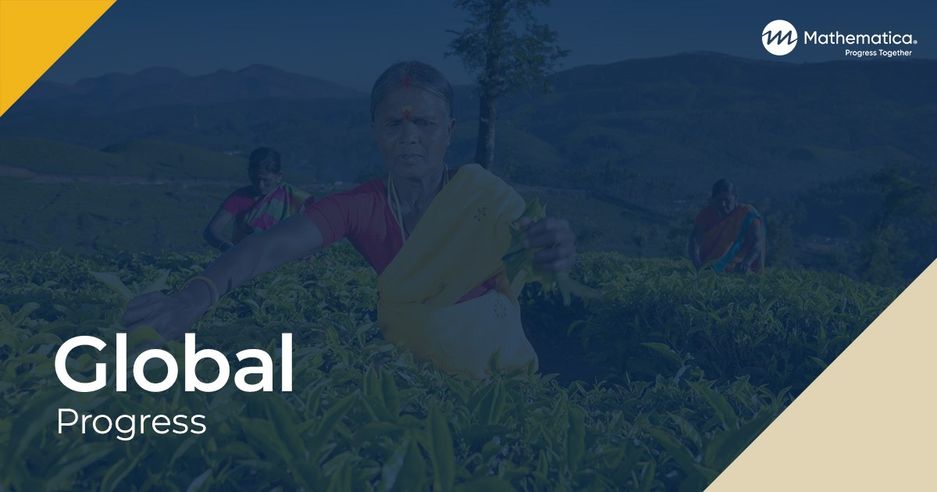WASH for Life: Findings from an Evaluation of the Partnership Between the Bill & Melinda Gates Foundation’s Water, Sanitation, and Hygiene Team and USAID’s Development Innovation Ventures
Process Evaluation of the WASH for Life Partnership Between the Bill & Melinda Gates Foundation’s Water, Sanitation, and Hygiene Team and USAID’s Development Innovation Ventures
Prepared for:
Bill & Melinda Gates Foundation
- The WASH for Life portfolio was a diverse mix of water, sanitation, and hygiene products at different stages of the innovation and scale-up trajectory.
- WASH for Life funding was critical to the growth of grantees who were developing new products and service models, allowing them to experiment with different business models and collect data that could be used to convince other funders to invest.
- It was harder to find good candidates for scale-up grants.
- DIV influenced other funders through several mechanisms, including its tiered funding model borrowed from venture capitalism, movement of staff between organizations, and shared grantees.
In 2011, the Bill & Melinda Gates Foundation’s Water, Sanitation, and Hygiene (WSH) team partnered with USAID’s Development Innovation Ventures (DIV) to establish WASH for Life, a $17 million pool of dedicated funding for innovative water, sanitation, and hygiene projects with the potential to scale. In 2017, as the partnership was ending, the WSH team commissioned Mathematica Policy Research to conduct an ex-post process evaluation to identify lessons learned from this unique collaboration. This brief provides a summary of the WASH for Life partnership and the evaluation design; reviews the WASH for Life portfolio, including characteristics of applicants and grantees and an assessment of the degree to which WASH for Life succeeded in stimulating, testing, and scaling innovation; and reflects on WASH for Life’s influence on other innovation funders.
How do you apply evidence?
Take our quick four-question survey to help us curate evidence and insights that serve you.
Take our survey
